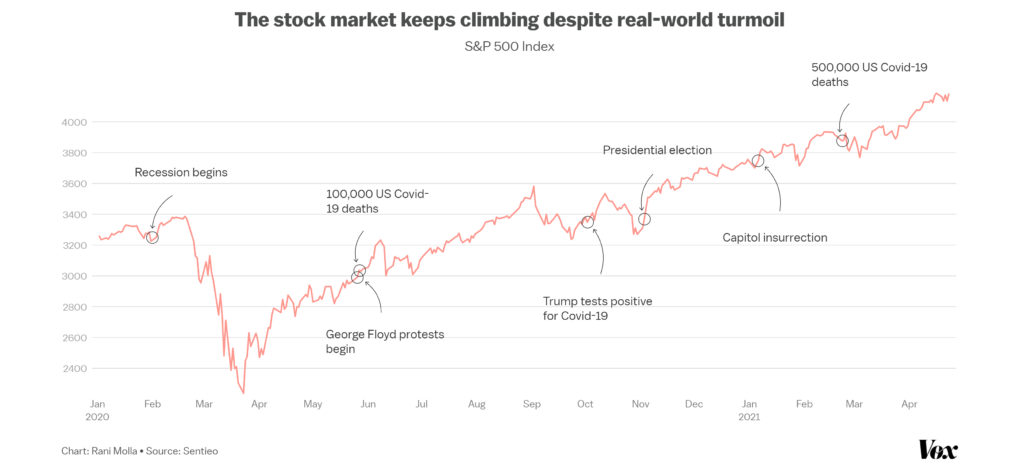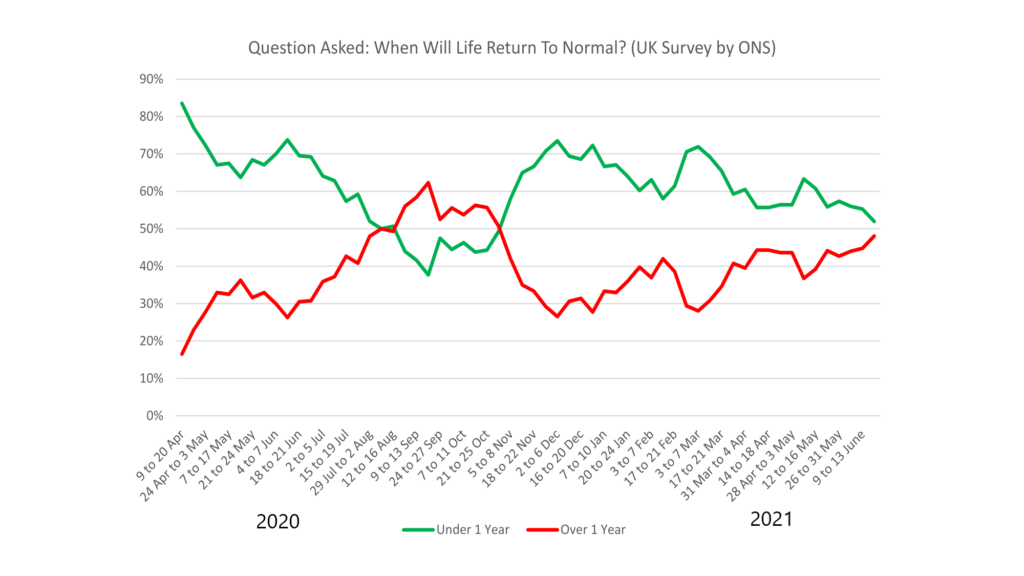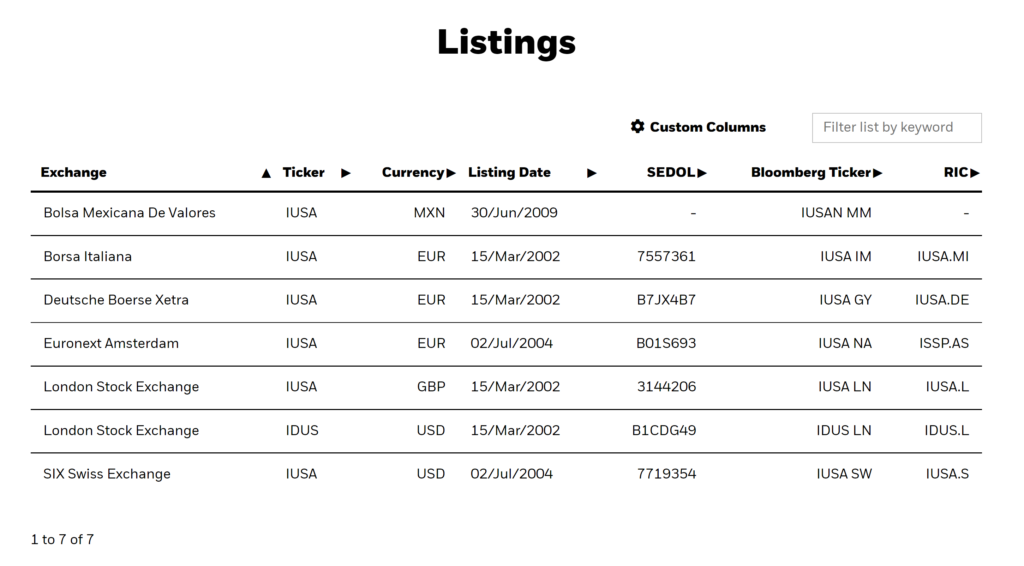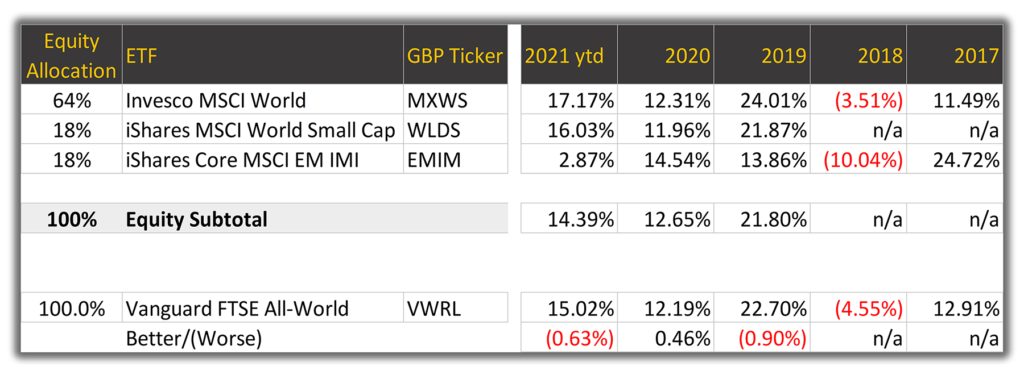Today’s post is about taking massive action to significantly change the course of your life.
We’ve covered the need for regular monthly saving and investing on this site a lot – the small incremental steps that almost guarantee eventual success. That is all very important stuff and must be done, but arguably more important are the big, one-offs events that transform your finances in one go.
Looking back over the last few months and years, have you taken some specific action that you can single out as the point when you achieved something big financially?
Let’s make this next year count, with massive action. It’s time to put a stop to all of your years merging into one long line of working and saving.
If you want to grab some free cash, check out the Offers page. Loanpad, EasyMoney, Octopus Energy, and others are all giving away £50 in welcome bonuses. Free stocks potentially worth hundreds of pounds are available too.
Alternatively Watch The YouTube Video > > >
What Is Massive Action?
Massive action in the personal finance world is when you spend a short amount of time to implement a major change to your life which from that point on results in a bigger income, lower costs, and/or more free time.
It is an event, rather than a lengthy process – though it may be followed by continuous action such as starting and then managing a business. Massive action instantly changes everything about your money making potential or return on investment. Massive action might also be a restructuring of your working life which results in you having more free time to work on your life goals.
The End Goal
So how will taking massive action result in you getting rich? Your end goal might be to massively increase the income you earn from your 40 hour work week. Or, maybe you’ll slash your expenses so much that you can retire a few years earlier. Maybe you’ll engineer a shorter work week, making more time for family and friends. Or, maybe… you’ll establish multiple income streams.
This last one is the secret that sets the rich apart from the working and middle classes. Nearly everyone in the UK has just a single income stream – their job.
They may have a few quid from dividends or interest trickling in each month too from savings accounts and investments, but because no massive action has been taken these pots are small for most people, and the income insignificant compared to their wage.
Having several income streams in addition to your main wage, each providing at least a few hundred quid to your total income, is all but guaranteed to result in you becoming rich.
Let’s now look at the practical bold money actions you can take to initiate this change and rocket-power your wealth.
#1 – Reset Your Primary Income Stream
Before you get started on building multiple income streams, first focus on your main one. If you’re not satisfied with what you’re earning from your job or maybe you’re having second thoughts about your career choices, then it might be the time to hit that reset button.
Usually, changing jobs alone isn’t enough because you’ll probably end up in another one with similar pay to what you’re already on, in a similar field to what you’ve done in the past. Your CV will allow little else.
Instead, consider abandoning your current career path altogether and going through the short-term pain of retraining. Unless you’re passionate about your job it’s unlikely you’ll ever rise to the top anyway. Your massive action in this regard might be paying those fees for a new degree or professional qualification.
As an example, someone who puts themself through a professional accountancy qualification can make around £40,000 on the day they qualify.
If you’re stuck in a lower paying career, signing up to a professional course like that could mean you make significantly more money going forward for the same number of hours worked each week.
On the flip side, it’s just as bold to scrap a qualification that you’ve already earned, in favour of taking a different path. We both did this, choosing to end lucrative careers in order to strike out on our own with this website and our YouTube channel.
#2 – Start Your Own Venture
You’ve heard us preach the virtues of starting a business or side hustle before, so all we’ll do here is remind you that this can be an excellent second income stream alongside your main job. Quitting your job is optional, once you’ve built your venture large enough.
As such, we believe most people would benefit from having a side hustle, especially if you can monetise a hobby. In fact, in the UK, 1 in 4 people do have a side hustle, and have already taken the massive action to set this up, contributing an estimated £72 billion to the UK economy.
Some of these hustles will be true businesses capable of going to the moon, and some will just be second jobs. But if you enjoy what you’re doing and are making extra money then it’s all good. Some practical steps you can take to make sure that you commit to the idea of a side hustle are as follows:
[1] Register your new business as a limited company on Companies House. The act of making it official may seem inconsequential, but it makes it feel real and exciting, and gets the ball rolling.
[2] If your business idea requires you to learn new skills (which it will), go all in and sign up to a proper course that teaches those skills.
Maybe you want to learn carpentry, so you can make and sell furniture on the side. When you hand over your money and attend the course, you’re far more likely to make a success of it than if you just bought a book or watched some free videos on YouTube.
[3] Announce your services to the world. You should be making good use of all the local Facebook groups in your area to tell the world about the service you’re offering. All your friends and family will know, and it will be harder to go back.
If your service isn’t confined to the local area, find the time to build a website.
#3 – Materially Downsize Your Outgoings
The amount you can invest each month is significantly affected by your outgoings too. But trimming a bit of fat from your household budget is unlikely to make that much of a difference.
There are, however, perhaps 2 main expenses you need to focus on that can be vastly reduced with massive action, improving your savings rate and future wealth.
These 2 areas are cars, and housing. Starting with housing then, you can save hundreds of pounds a month and many years off your mortgage payments if you were to move to a cheaper city.
Londoners could more than halve their housing costs by relocating to Manchester. Residents of leafy Cambridge could have a similar lifestyle in York, again for a fraction of the price.
Regarding cars, there are a few actions you can take to slash hundreds of pounds a month from your car expense.
- If you’re a multi-car family, drop to one car. Even the most basic of cars costs at least £200 a month, and often more once you factor in insurance, tax, depreciation and maintenance.
- If you’re leasing your car, stop doing that! Buy a second-hand car instead. Even a 3-year-old equivalent model to your current lease car will save you a fortune.
- If you drive a BMW, Mercedes, Audi, Tesla or other top-end car, trade it in for a Ford or a Kia. You can invest the difference, and it won’t cost so much to service.
#4 – Get A Lodger
While this probably fills most homeowners with dread, getting a lodger is not a permanent fixture – if you don’t get on with them, you can ask them to leave. But they CAN bring in £400 or more a month in passive income – I once enjoyed this boost to my income for nearly 2 years.
#5 – Investing Action
Starting to invest in the first place can be a mental leap too far for some. This won’t be an issue for many of our viewers who have already taken massive action in opening their first investment account, but for many people it’s a big psychological hurdle to overcome.
We suggest starting out by putting a material, yet losable, amount of cash into an investment account, which might be a couple of hundred quid. That first deposit is like breaking through a mental wall.
I remember my first investment well. Other than a brief dabble at age 16, I had done nothing until around 6 years ago, where in a moment of inspiration whilst chilling in a holiday cottage I decided enough was enough, opened a Stocks & Shares ISA, and whacked £500 into a stock market fund.
This action spurred me to then properly research what it was I’d just bought – it was something undiversified and expensive like a managed fund – but this was how I began investing like a pro, from that first leap forwards.
Most people do already invest, though they may not realise it, because their pensions are invested in the stock market. But the quality of the investments in a workplace pension, as we said before here, are often substandard.
You could potentially increase your retirement wealth by hundreds of thousands of pounds by simply taking a weekend to understand what your pensions are invested in and moving that money into better and more suitable funds. You might also want to perform this exercise on your Stocks & Shares ISA if you have one. Here’s some videos to get you started [How To Build The Perfect Vanguard Portfolio & The Ultimate ETF Portfolio – Low Fees, Low Taxes, High Returns!].
Wealthier investors might choose this next year to be the one where they add a seriously high returning asset to their portfolio – a buy-to-let property.
I’ve taken massive action 4 times now with buy-to-let – buying one isn’t as simple as buying a stock. The cash profit I earn monthly from my 4 rentals brings in at least an extra grand of income each month. More information on my property strategy here.
#6 – End Relationships
A controversial one perhaps, but sometimes the relationships you have with partners or friends can be holding you back from achieving your potential. With regard to partners, their financial priorities may not be in line with yours.
Maybe they are a big spender. Or maybe the two of you have conflicting life goals, such as financial freedom and travelling the world at age 40 for you, versus work and a community-based life for her. Is it time for a fresh start?
Likewise, if your mates like to blow their wages and waste their weekends and are dragging you down to their level, then maybe it’s time to find a better network as you are the average of your 5 closest friends.
#7 – Master Good Debt
The massive action which started my rental property portfolio was doing a low interest equity release on my own house for some 50 grand, which was added to my home mortgage. I stand by my assertion that it was the best thing that I’ve ever done, and was the single biggest influence on my wealth today.
I’d go as far as to say my wealth would be a third the size that it is now, if I hadn’t taken on good debt to buy investment assets with.
#8 – The Big Clear-Out
Andy (MU co-founder) has just moved house and has realised he had a tonne of stuff that was clogging up his space and mind. So, recently he’s been selling all his possessions on eBay and Facebook, minimalist style. Well ok, not all his possessions – just the stuff that is surplus to requirements. Most of which was just gathering dust in the loft anyway.
There are 3 financial benefits:
[1] There’s less stuff to distract him from the job of making money.
[2] Less time and money goes on replacing or maintaining stuff he didn’t need when it breaks.
[3] He’s making over a grand, which he could invest.
#9 – Claw Back Time From Your Employer
As we’ve stated, you can and should also take massive action to free up more of your time. This time can then be used to implement some of the big-money actions we’ve already covered.
There really is no need to work 5 days a week, every week, without pause. Why not arrange a 6-month career break like Andy did, or drop a day and go part-time to 4-day weeks, like I did?
The action in this case is to give your boss an ultimatum. You need to tell them that this is what you want to do, and if they can’t make it work, you will have to leave. Always be prepared to walk away and find another employer who can give you what you need.
What bold steps have you made in your life or career? Join the conversation in the comments below!
Written by Ben
Featured image credit: Ollyy/Shutterstock.com
Also check out the MoneyUnshackled YouTube channel, with new videos released every Wednesday and Saturday:



